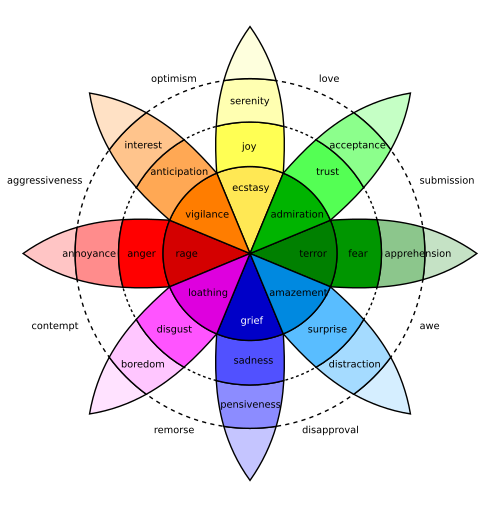This year I also broke down the outstanding check outs (missing books) and fines by school site:
- APEX
- $3192.36 (118 unreturned library books)
- $ 16.00 (local fines only)
- HBHS
- $5868.84 (262 unreturned library books)
- $ 855.83 (includes all LAUSD library fines)
- STEM
- $ 679.11 (31 unreturned library books)
- $ 321.30 (includes all LAUSD library fines)
- GONE/UNKNOWN
- $ 115.33 (5 books)
- $ 39.95 (local fines only)
As you might infer from the statistics above, HBHS uses the library the most, followed by APEX, followed by STEM. HBHS enrollment is about 650 and STEM enrollment is about 540. APEX was about 375 (grades 7-12) in the Fall 2018 upload to Destiny.
Adjusting the 2019 School Library Journal (SLJ) estimates of the average cost of school library books for high schools to include processing fees, we can expect to spend about $22 for fiction books, about $40 for nonfiction books, and about $25 for graphic novels.
The per book estimates will be useful for proposing a library budget for upcoming years. More on that later...
